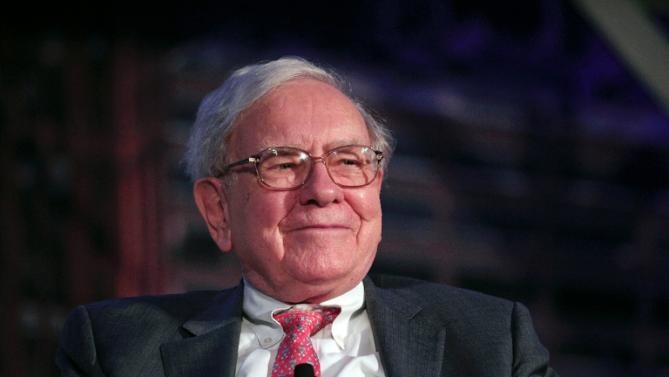Hedge funds Behind the veil
Post on: 24 Май, 2015 No Comment

Add this article to your reading list by clicking this button
THEY are secretive, clever and often highly lucrative. But the veil of mystery that has shrouded hedge funds was partially lifted in the past fortnight after market turmoil left many of them with big losses—and anxious investors.
Insiders say the losses were caused by a mixture of human and computer-driven error. In early August some prime brokers—the institutions that lend money to hedge funds—were worried about the way losses were spreading from America’s subprime mortgage market. So they issued margin calls, asking them to increase the collateral on deposit against the risk of default. At about that time, many hedge-fund managers were beginning to feel the worst of the crisis was over, and that the soundness of the global economy would generate a late-summer rally. Early last week, stocks duly soared. But the margin calls forced funds to liquidate good assets, and the cross-currents of buying and selling sent markets into a tailspin.
Among the hedge funds hardest hit were credit funds and those using a type of statistical arbitrage, known as long-short equity neutral. Stocks in these portfolios are picked assuming certain shares will rise and others will fall. In this case, the complex models that drive them were upended by the extreme market volatility. Four building-blocks of such models are stock valuations, quality, price momentum and earnings momentum. These usually offset each other, but when they all started suffering, the models went awry. Some of the world’s biggest hedge funds all began selling the same things at the same time. “You had the proverbial camel trying to get through the eye of the needle,” an analyst says.
In this section
Related items
Although the pain was not confined to hedge funds—some long-only mutual funds were also hurt—the use of ample leverage (a staple in the hedge-fund world) meant they were hardest hit. One big investment bank is said to have offered leverage of 20-to-one to hedge funds investing in subprime mortgages just months ago.

In a conference call on August 13th, Goldman Sachs said its leading global equity fund—which relies on a quantitative trading model—had lost more than 30% of its value within a week. The bank waived fees to attract investors to the fund after it lost about $1.4 billion in assets. The bank pumped in about $2 billion of its own money and received another $1 billion from outside investors. Renaissance, a successful “quant” fund founded by James Simons, a prize-winning mathematician and former code breaker, also suffered steep losses. “You have no idea of the stress. Many funds wondered if they would survive,” says a hedge-fund manager, noting that many hedge funds sought out new investors last weekend.
The fall-out was not limited by geography. Quantitative hedge funds in Japan were among the worst affected, according to Manolis Liodakis, head of global quantitative research at Citigroup. The pain also spread to Europe.
The extent of losses is not yet clear. Many funds will report to their investors in the coming weeks. Much depends on whether the pension funds, endowments and rich individuals investing in hedge funds hold their nerve. The “lock-up” periods for fund investors vary. Many allow redemptions only monthly or quarterly. August 15th was a big day for those who need to give 45 days notice before redeeming their stakes by the end of September.
The saga has damaged the image of computer-driven funds, generally so powerful that they can account for up to half of a stock exchange’s daily trading volume. But there is no way the clocks will be turned back. “People aren’t going to give up their computers and go back to insider information and tips,” says David Harding, a fund manager in London.
It is also unclear who will gain from the turmoil—and someone always takes the upside of losing trades. Market volatility meant that some funds that plunged last week had recouped most of their gains within a few days. Timing was all. Goldman Sachs’ investment in its own fund may look like a clever move in retrospect. Top executives at the bank insisted the highly unusual gyrations were “way out of whack” with their models. Clearly the models were flawed. But Goldman’s backers, such as Hank Greenberg, the former chairman of AIG. an insurer, were not acting out of charity.














